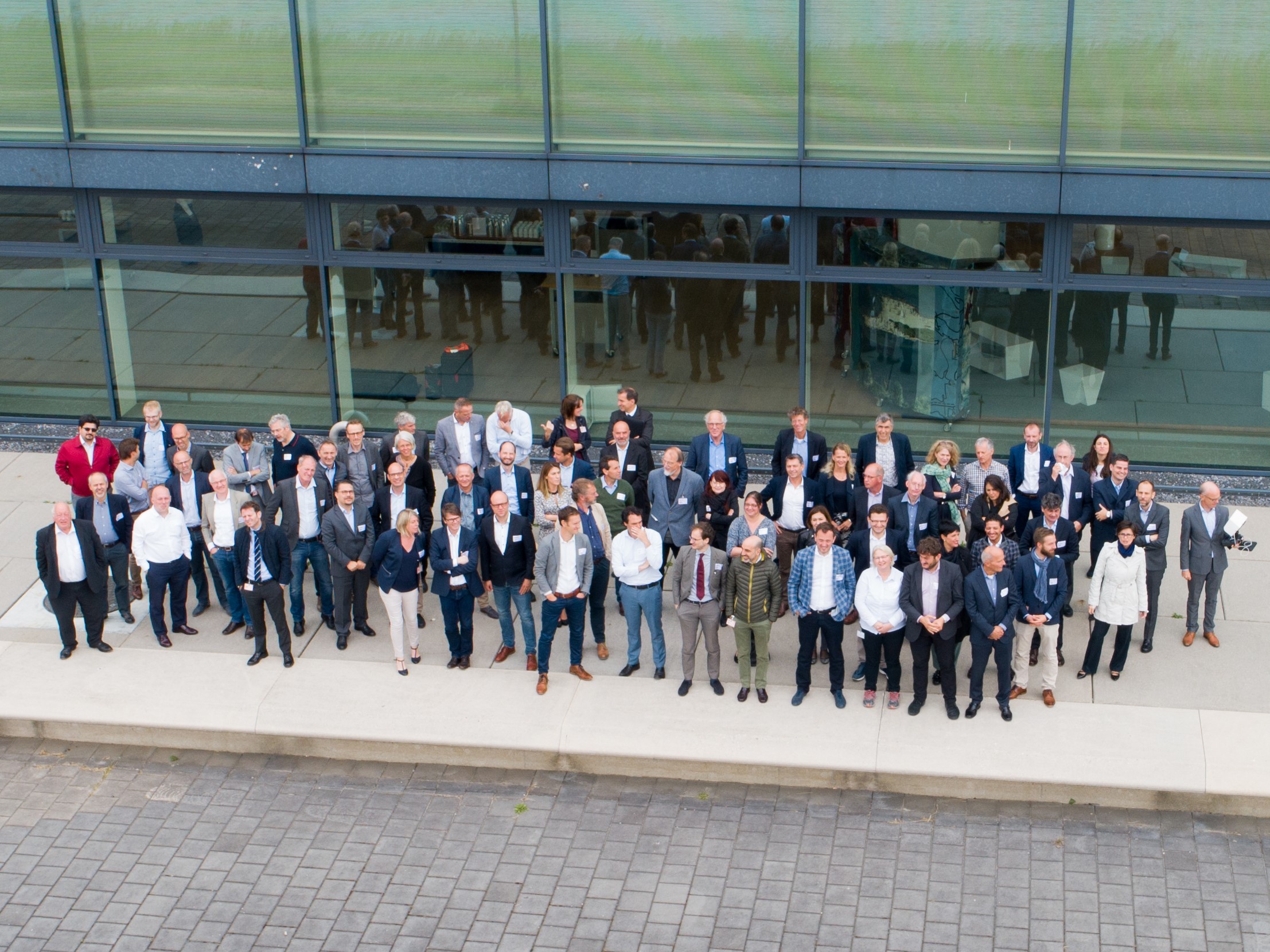The FLEXMCS project (Flexible Megawatt Charging Systems, open software architectures, and planning modules creating multi-charger hubs for the European electric mobility system) addresses the challenges of deploying electric charging infrastructure for trucks by designing highly energy efficient megawatt charging hubs that are flexible, scalable and sustainable. These hubs will not only support fast charging for HDVs, but also slower charging for light vehicles during off-peak hours, integrating renewable energy sources and aiming at reducing grid dependency and energy losses.
FLEXMCS improved megawatt charging for logistics
The FLEXMCS project brings together 15 partners from 9 countries to advance technologies and practices for the efficient deployment of megawatt charging hubs across Europe. By overcoming barriers related to infrastructure investment, grid capacity, and user convenience, FLEXMCS aims to:
Design multiport Megawatt charging hubs with optimised layouts that minimise costs and maximise flexibility for different vehicle types.
Develop open software architectures for real-time data exchange between charge point operators (CPOs), the energy grid and fleet managers to ensure efficient infrastructure utilisation and services.
Streamline and accelerate the planning and installation of charging hubs, focusing on the most effective locations along TEN-T corridors.
Conduct a six-month real-world demonstration at a site in Karlsruhe, Germany, to validate the technologies and tools developed with different vehicles and logistics operators.
Gather business needs for viable MCS locations and specify future deployment scenarios and metrics.
Key innovations include a central interoperable Energy Management System (iEMS), integration of renewable energy sources, and tools for predictive maintenance and operational efficiency.
FLEXMCS demonstration and outcomes
The FLEXMCS project will validate its innovative megawatt charging hub concept through a six-month demonstration at a dedicated hub in Karlsruhe, Germany. Key features include:
Four megawatt charging points with multiport flexibility, supporting HDVs and light vehicles.
Integration of renewable energy sources and stationary energy storage systems (BESS) to reduce grid impact.
A digital twin-based Open Charging Framework architecture to optimise charging slot allocation, minimise downtime, and enhance user experience.
Target utilisation of 20 vehicles per day during the demonstration phase to achieve significant cost and energy savings.
What is ALICE’s role in the FLEXMCS project?
In the FLEXMCS project, ALICE is responsible for engaging stakeholders, gathering user requirements and addressing barriers to the deployment of megawatt charging infrastructure. Through active participation in the work packages on requirements, deployment strategies and dissemination, ALICE supports the development of business models, stakeholder engagement and the alignment of FLEXMCS innovations with the logistics ecosystem to accelerate the transition to zero emission freight transport.
In particular, ALICE will the set-up of an extended Stakeholder Group, which will be involved in the setting of requirements and needs. Moreover, ALICE will enlarge its stakeholder reach towards TSOs/DSOs and CPOs that are key enablers for the transformation of road freight transport towards electrification.
Why ALICE is part of FLEXMCS?
The FLEXMCS project aligns with ALICE’s vision of achieving an affordable transition towards zero emission logistics. The project will directly support the transport and logistics ecosystem by addressing the interdependencies between energy, infrastructure, vehicles, and logistics operations. The development of megawatt charging technologies is essential to overcome barriers to the deployment of electric trucks and to achieve Europe’s sustainability goals.


